Staffordshire Hoard conservation shortlisted for award
- Published
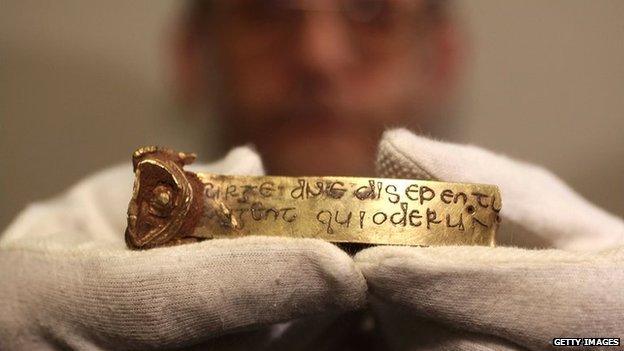
A strip of gold bearing a biblical inscription: "Rise up, o Lord, and may thy enemies be dispersed and those who hate thee be driven from thy face"
The Staffordshire Hoard Conservation Programme has been shortlisted for an international award.
The hoard, which is valued at £3.2m, was found in a farmer's field near Burntwood, Staffordshire in July 2009.
With 4,000 objects, it is the largest cache of Anglo-Saxon gold and silver metalwork ever discovered.
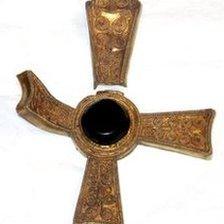
Historians believe the hoard could provide the last glimpse of Paganism and the first of Christianity
The Institute for Conservation has shortlisted Birmingham Museum's work for the Keck prize.
The institute, a charity that promotes the preservation of historical and artistic works, gives out the award every two years.
It is meant to be given to "the individual or group who has contributed most towards promoting public understanding and appreciation of the accomplishments of the conservation profession".
The hoard is displayed across four sites, at the Potteries Museum, Lichfield Cathedral, Tamworth Castle and Birmingham Museum.
The artefacts have been dated to the 7th and 8th Centuries.
The institute praised the fact the hoard was on display throughout conservation and research work.
Previous winners of the Keck prize include the Acropolis Museum in Athens, Greece, and the Smithsonian American Art Museum.
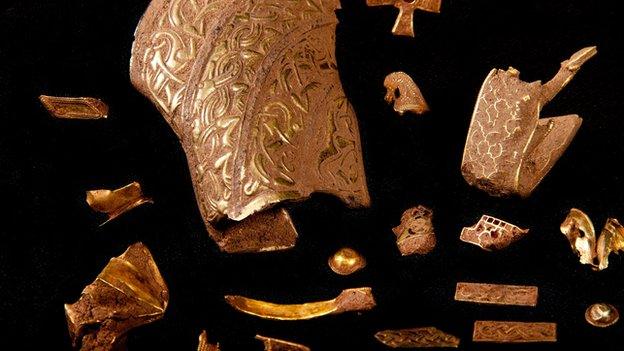
- Published12 March 2014
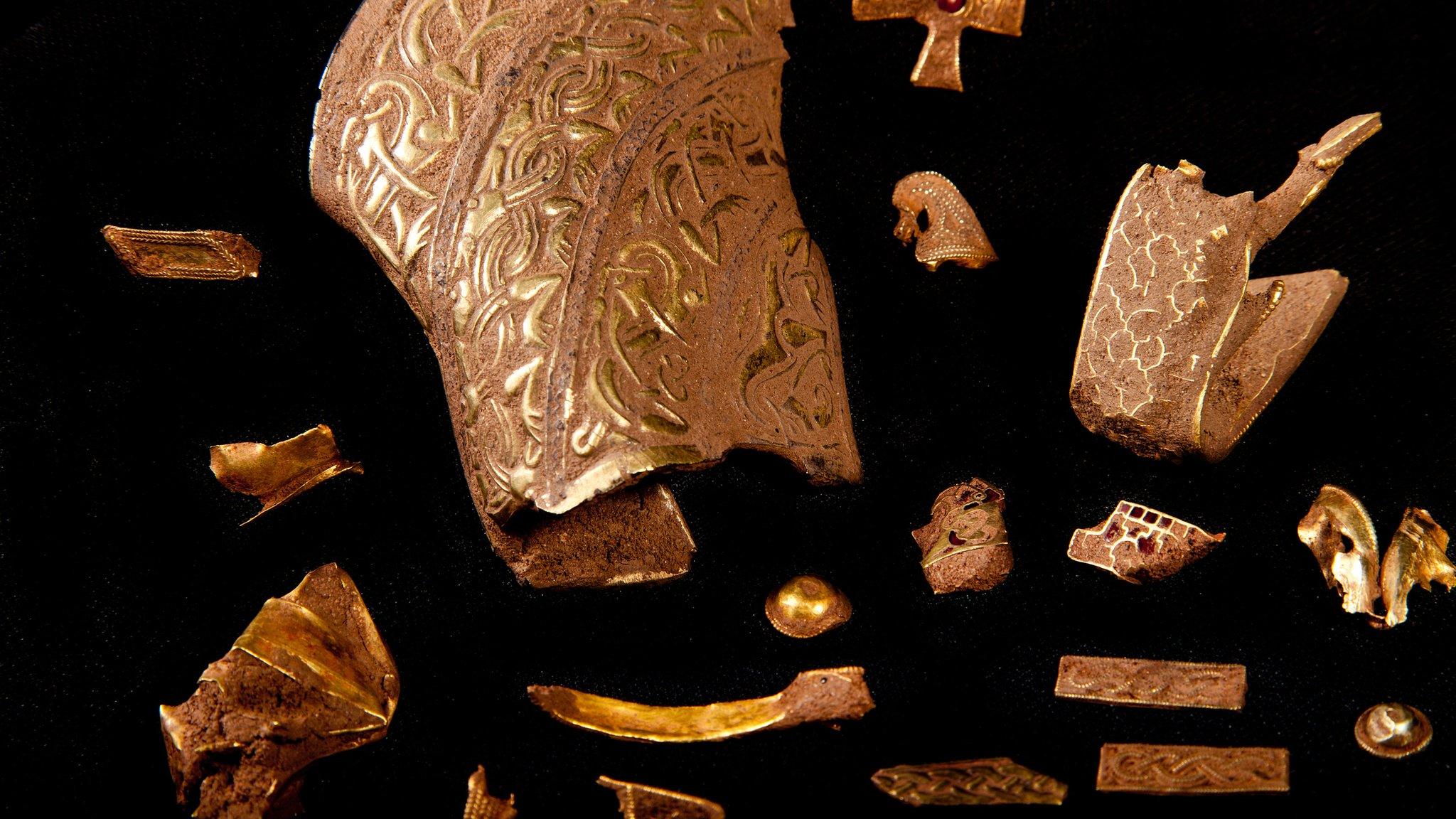
- Published1 May 2013
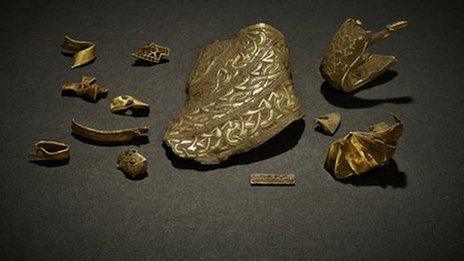
- Published13 March 2013

- Published18 December 2012
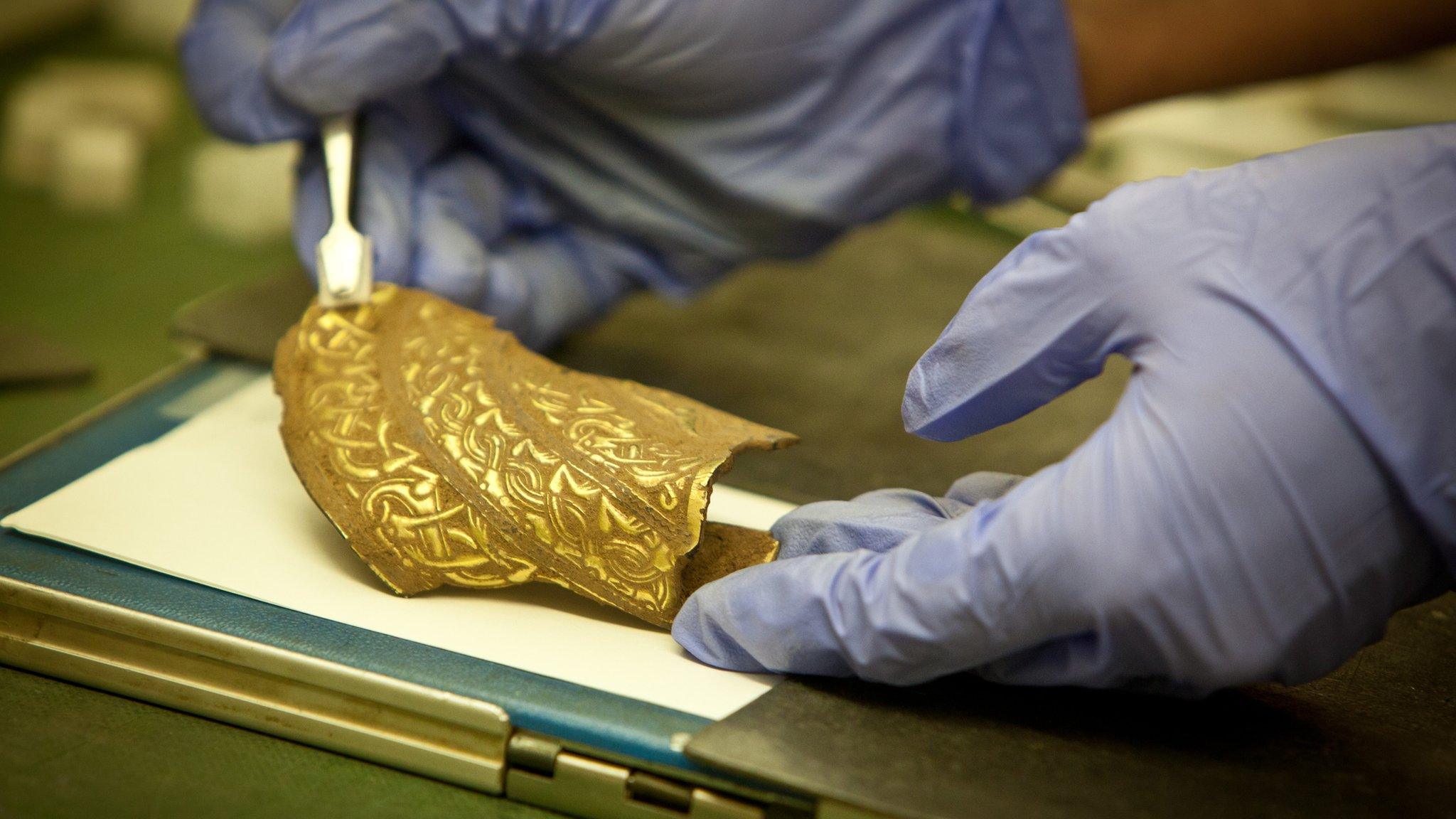
- Published3 July 2011